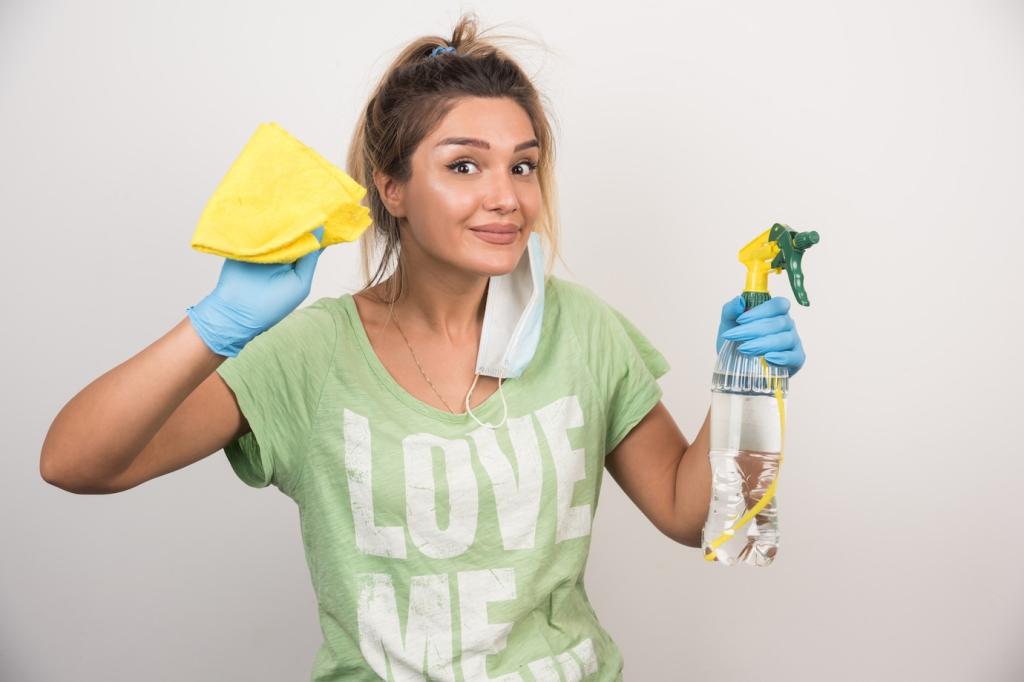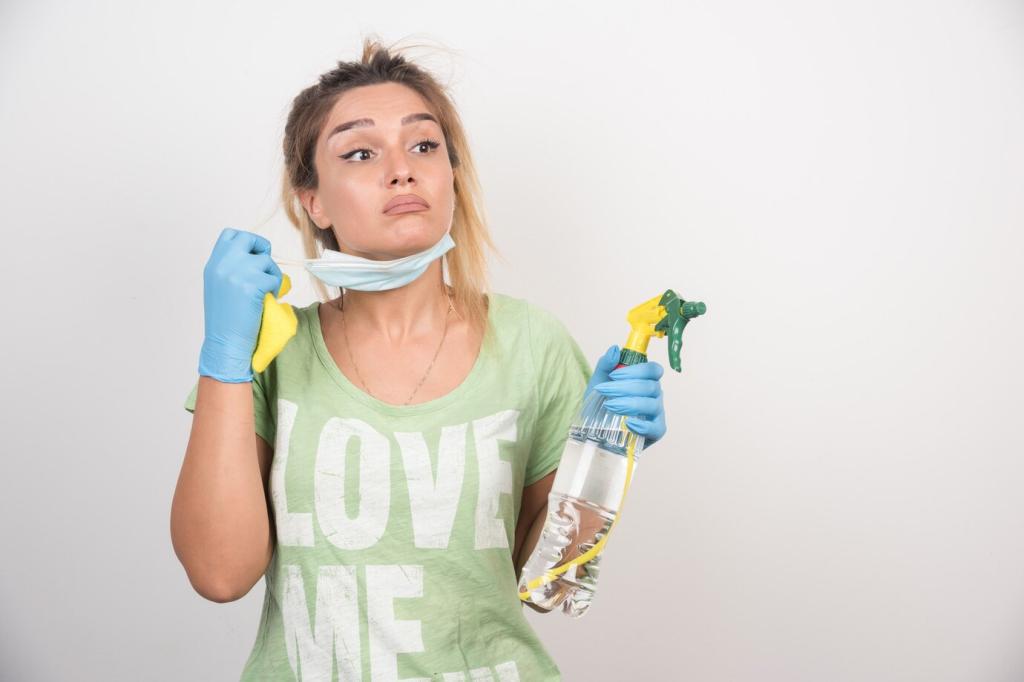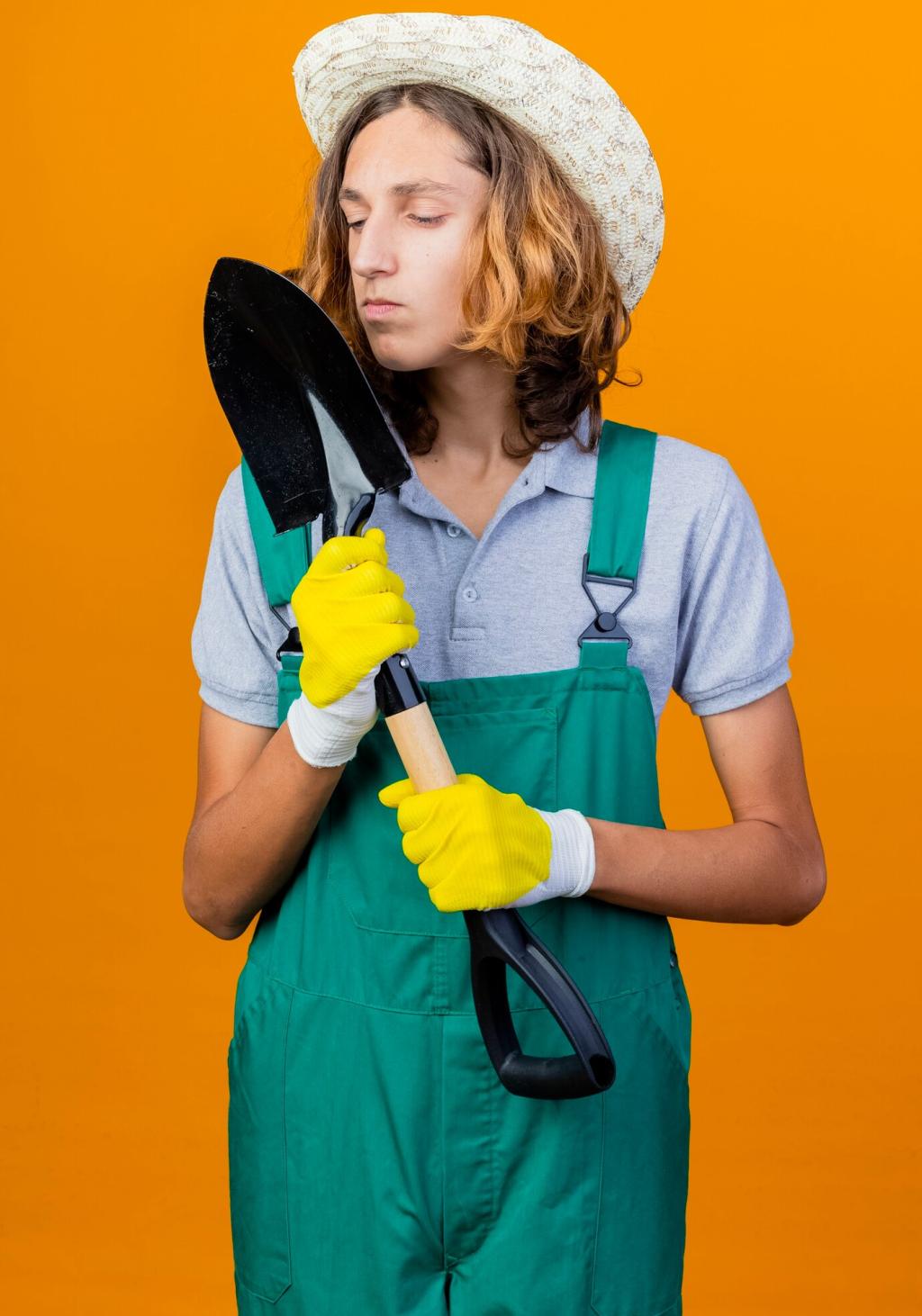Myths vs. Facts about Pet-Safe Furniture Cleaning Products
While helpful on some mineral residues, vinegar can etch finishes and may irritate sensitive noses. Always dilute, test discreetly, and never mix with bleach. Tell us where diluted vinegar helped—and where a specialty pet-safe cleaner worked better.
Myths vs. Facts about Pet-Safe Furniture Cleaning Products
“Natural” doesn’t guarantee safety. Choose unscented or truly fragrance-free products to reduce respiratory stress for pets. Confirm full ingredient disclosures and certifications. Comment with brands that publish Safety Data Sheets and avoid masking scents entirely.
Myths vs. Facts about Pet-Safe Furniture Cleaning Products
Even pet-safe concentrates require correct ratios. Overuse can leave residues pets might lick. Measure carefully, label bottles, and keep notes. Share your favorite measured recipes so new subscribers avoid guesswork and keep cleaning consistent and gentle.











